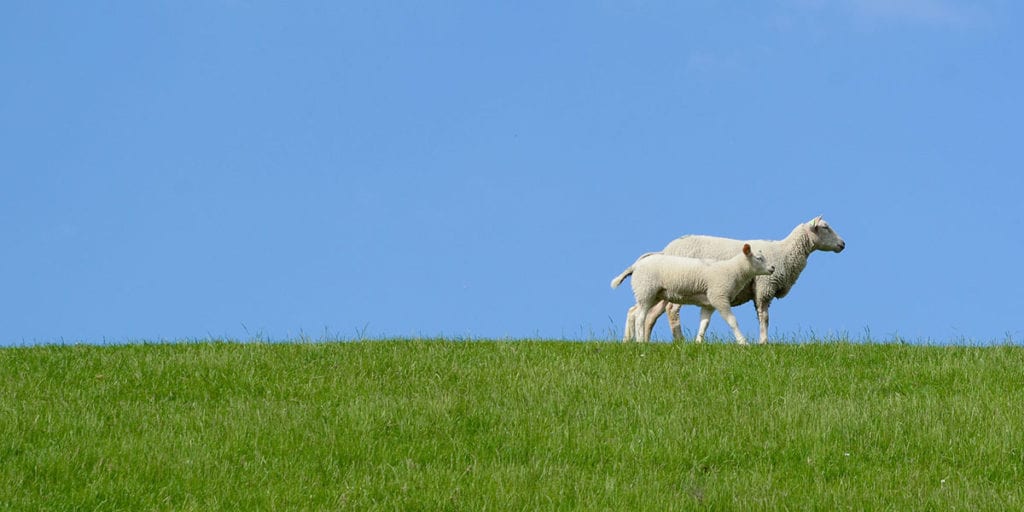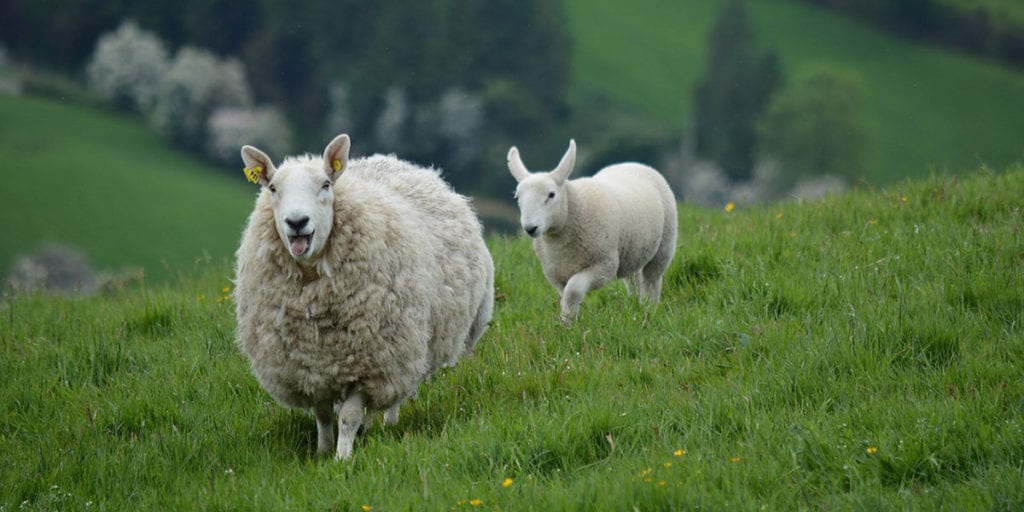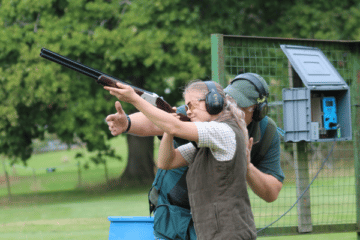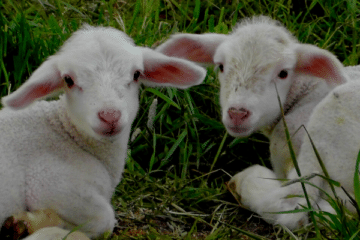
The importance of shooting and conservation for farming.
For many sheep farmers up and down the country, March and April are vital months in the farming calendar. Lambing is stressful and tiring for farmers. They often must work all day and all night with very little rest.
The image many people have of lambs joyously jumping through spring grass without a worry. But, this doesn’t reflect the amount of hard work that is put in to keeping the lambs safe and well. Hours of preparation go into lambing, from grading the ewes to setting up pens and feeders. That’s why it’s so important to control predators such as crows and foxes. These can kill or maim vulnerable animals.
Expanding my flock
Last year, during the Easter holidays, I decided I wanted to expand my sheep flock. I already had three pet lambs that a local farmer gave me. So, I went to my local market at Malton and bought some ewes with lambs at foot. I brought them back home in an old horse lorry and turned them out into a field. At that point I didn’t have much knowledge on sheep, so I got myself a trusty Haynes manual to learn more. I quickly realised there was a lot more to farming sheep than meets the eye – sheering, foot care, fly strike, injections, worming and much more.
As I write this now, I am in full swing of lambing. It wasn’t the easiest first lambing experience for me so far. One of my ewes prolapsed and needed intervention to deliver… quadruplets! And after that, one of my pet lambs had triplets. Both these experiences taught me a lot. I feel I gained a lot more knowledge for next year’s lambing adventure.
Pest control
Now, on to pest control. Managing fox and crow numbers is vital at lambing time. Many farmer’s livelihoods rely on selling the lambs for meat or to continue their breeding lines. For farmers lambing outside in the fields, crows and foxes cause havoc among flocks. I keep hearing stories of lambs having eyes and tongues pecked out while being born. Even ewes aren’t safe as we are unable to move when in labour, they can therefore be cruelly attacked and injured. Even if lambs do survive vicious attacks while being born, they often have their tongues pecked out so struggle to survive later.
It can also be very demoralising for those farmers who have lambed indoors and turn the ewes and lambs out only to go back the next day and find dead lambs, killed by these cruel predators. Those farmers spend a lot of time assisting lambing ewes so to see their lambs killed or injured is heart-breaking.

General licences
With the current state of the general licences, it is difficult for farmers to understand when exactly they can use lethal measures to protect their flock.
Fieldsports Channel on YouTube produced a good video on what the current general licences allow, so I recommend anyone who has lambs to watch it. You can also visit BASC’s dedicated general licences page for the latest information and guidance.
Dogs with livestock
While on the topic of livestock, a lot of BASC members have dogs and will often take them on walks in the countryside. A major problem in livestock farming is the damage dogs off the lead can cause to animals.
Recently there has been a surge in stories where farmers have had ewes abort their lambs prematurely after being chased by a dog. Sheep often get severely injured or killed by out of control dogs too.
Dog owners are required to keep dogs on lead and under control around livestock or they can face financial penalties, imposed under the Dogs (Protection of Livestock) Act 1953. Local councils have the power to impose dog control notices on dog owners if their pet has been involved in previous incidents. In worst case scenarios, owners may lose their dogs, so think about the risks you’re facing.
The Scottish Outdoor Access Code also reminds dog owners that, in some cases, a farmer has the right to shoot a dog that is attacking livestock. It is so important for dog walkers to know their surroundings (no matter how well trained you think your dog is) because you never know what’s in the next field.




